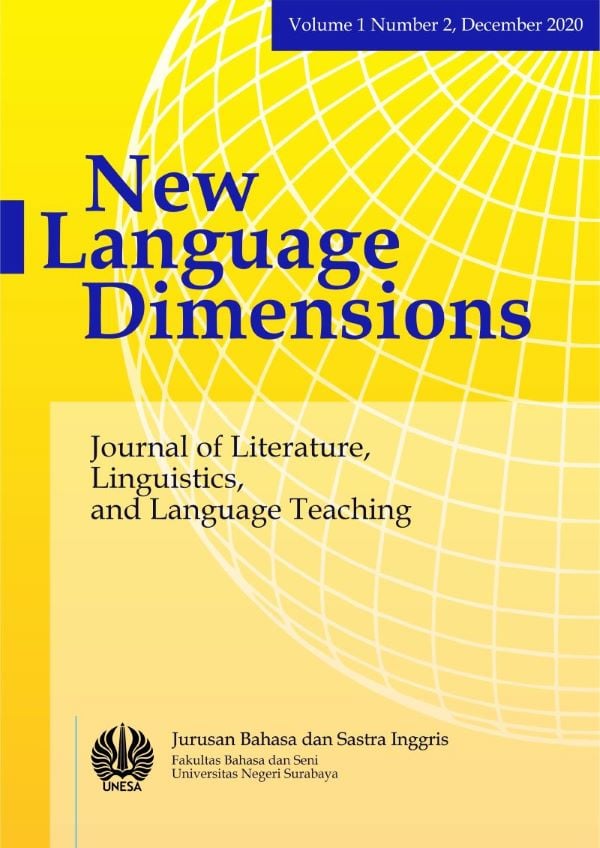Why am I Changed? The Convergent Process in a Multilingual Community: Speech Accommodation Perspective
DOI:
https://doi.org/10.26740/nld.v1n2.p90-101Abstract
This study aims to investigate how the students' university accommodates their local/regional language to the new language that they stay temporary for their study program at university. Two students were involved in this study from different regions in East Java which took four years of study in UNESA. They have different dialects from their regions and should adjust new dialects in Surabaya for their new environment. For this reason, this study wanted to know how students-university accommodates their home-language to Surabaya language as the place that they study at university. To do so, the researcher gained the data in depth-interviews that used structured interviewed techniques. Further, the analysis revealed that the university students changed their linguistic features because many reasons; they wanted to be approved in their community, they wanted to create meaningful or communicative communication with interlocutors, and they would get the same perceptions with their interlocutor. This research is beneficial for researchers who interest in the area of speech accommodation, especially in the Indonesian context since it is rarely conducted in Indonesia. Moreover, from the results of this study, it is to be more useful when the future study involved more students from different regions and different regional languages that can show many varieties of evidence for the speech accommodation process in a multilingual society.
Downloads
References
Downloads
Published
Issue
Section
 Abstract views: 607
,
Abstract views: 607
, PDF Downloads: 364
PDF Downloads: 364











